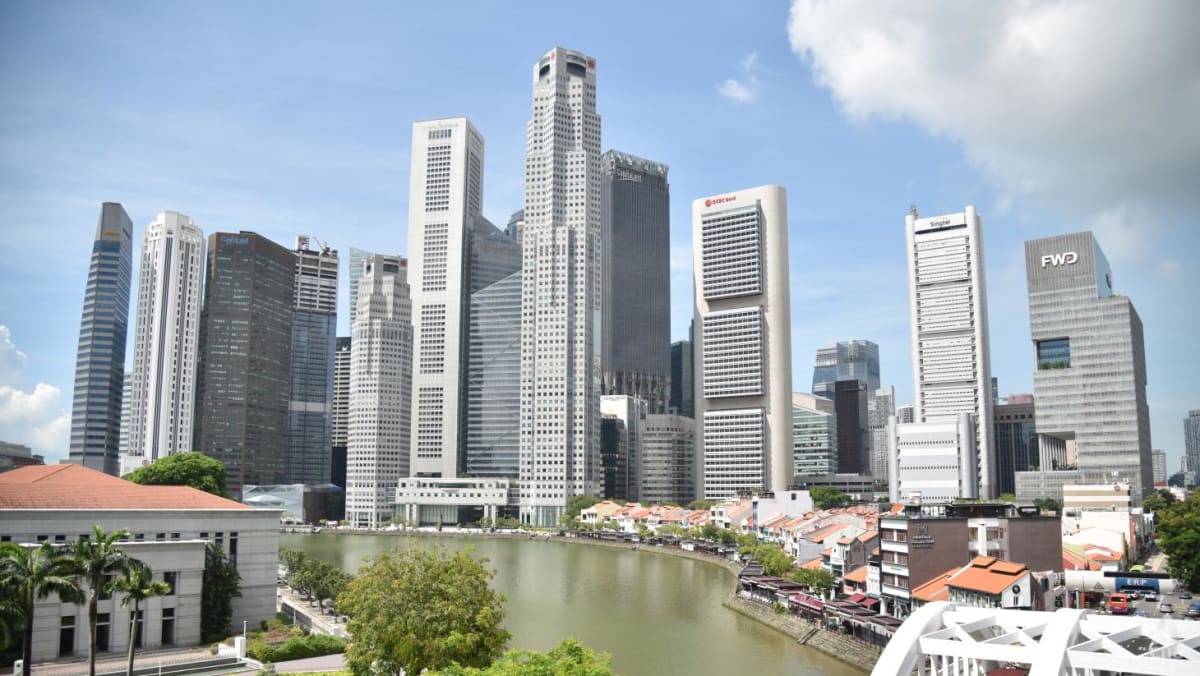CHANGES TO CBDI, SDI SCHEMES
The CBDI and SDI schemes will be refined in two ways.
First, developments in the Anson and Cecil areas will now have greater flexibility to retain their commercial use under the CBDI scheme, provided they include long-stay serviced apartments, Mr Lee said.
Unlike typical serviced apartments, which have a minimum rental period of seven days, long-stay serviced apartments require tenants to stay for at least three months.
Previously, this flexibility was only available to office developments in the Tanjong Pagar, Robinson Road, and Shenton Way areas, where retaining commercial use zoning was allowed under the CBDI scheme if a significant portion of office space was converted to non-commercial uses.
Mr Lee said the change aims to offer more housing options for those who want to live near their workplaces and city amenities. This also comes after industry feedback that extending this option to Anson and Cecil could enhance the appeal of the CBDI scheme.
Second, the updated CBDI and SDI schemes will introduce new sustainability requirements for redevelopment proposals.
Applicants will have to submit a sustainability statement assessing the feasibility of retrofitting part or all of the existing building, said Mr Lee. The sustainability statement will be reviewed by the Urban Redevelopment Authority, Building and Construction Authority and relevant agencies.
An additional carbon optioneering assessment, which weighs the carbon emission trade-offs of different development scenarios, may also be required for planning approval.
“This means that in order to qualify for the incentives, our developers and building owners will now need to also consider ways to reduce the environmental impact of redevelopment,” he said.
While the authorities support efforts to revitalise and rejuvenate the city centre through redevelopment, Mr Lee emphasised the importance of avoiding “wasteful demolition and excessive rebuilding, especially if the buildings are relatively young, or still in good shape”.
“Existing buildings are made up of precious resources and embodied carbon. Tearing down buildings prematurely – especially if they are young buildings, would therefore not only waste valuable resources, but also generate significant carbon emissions through the demolition and rebuilding process,” he added.
Mr Lee said the key to meeting net zero target goals in the industry is to “strike a balance … between a brand new redevelopment and retrofitting and enhancement”.
